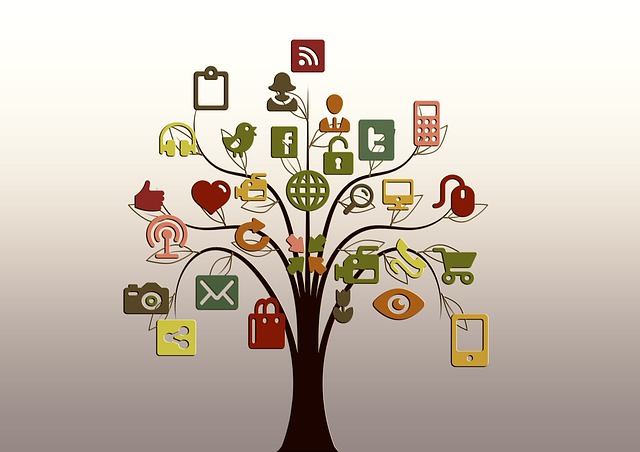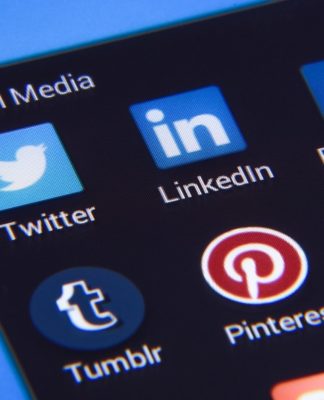Social networking sites (SNS) were created following the development of the arpanet, to later become known as the internet. Initially, an SNS was defined as a virtual community that offered its members the ability to network and share media content. Unlike websites that connect people based on a specific interest, (i.e.forum on a health related concern, gambling, or restaurants) SNS focuses on establishing connections between people. SNS are currently considered a global consumer phenomenon.
SNS began in the 1980s with a website known as “The Well.” The Well offered e-mail, Internet forums, web pages, and shell accounts to its users. Users were able to start conversational threads about various topics, and decide if they wanted to make these topics public for forum discussion. In communities like The Well and more contemporary SNS like Facebook and Instagram, people create individual public profiles, interact with established friends, and are able to connect and meet people – either based on shared interest or arbitrarily. Facebook was established in 2004 and is currently the most successful SNS.
Those who find it difficult to relate to others in face-to-face situations due to social anxiety may find the internet an easier place to relate to others. Recent findings have discovered that collective self-esteem and group identification positively correlated with peer group communication via SNS, leading to group sharing of the same ideation, endorsement of group norms, and maintaining interpersonal interconnectivity and social enhancement.
On the other hand, people’s various insecurities and anxieties about intimacies can be observed on SNS. Technology can immediately take away some of this discomfort because one can communicate through an object instead of directly with another person. But what are the long-term costs? People look to technology to protect themselves from more intense interactions, and as a more tolerable way to feel connected at the same time. Are people now starting to expect more from technology and less from each other and themselves?
The long term impact of social networking sites are less known, although I predict it will lead to less intimacy and vulnerability. Currently the best way to connect with someone is with a face to face interaction. Even a phone conversation can be more diluted and we are more likely to say things over text that we would never say to that person face to face. Social networking sites are creating a way to communicate to more people at once without the self regulation and connection that we feel when we are with someone face to face. This will lead to more friends, and also more empty feelings. It is like standing in the middle of a party making small talk, even though we are surrounded by people in those moments we are not really bonding with anyone in a deeper way. SNS are a constant party. Paired with individual connections its great, if this is our only way to socially interact, there can be a problem. The main impact of communicating primarily through SNS is loneliness.
What is the solution? Get outside, hang with people in person, form deeper bonds, and use SNS as you would attending a party. Not for any growth or substantial intimacy, but for fun! We need both in our lives




















